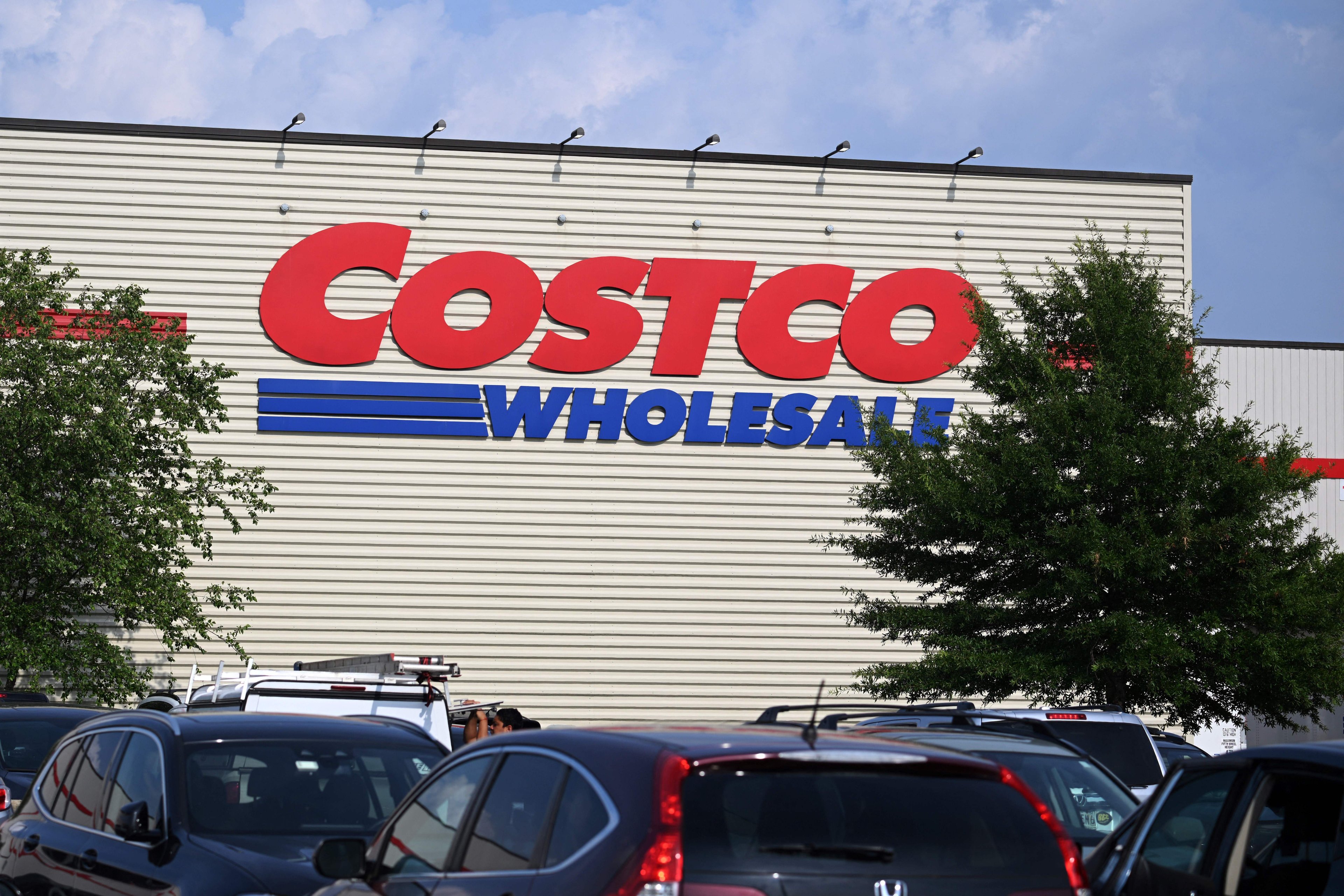Washington-based warehouse club Costco Wholesale Corporation (COST 0.32%) is outperforming the U.S. retail industry as a whole, which grew 4.2% in 2013, according to eMarketer. The company's growing faster than retail giants Wal-Mart (WMT +1.85%) and Target (TGT +2.66%), and reported the best numbers among the three in the latest quarter ended August.
In the recent quarter Costco recorded a 9.35% revenue increase to $35.5 billion, a 6% rise in comparable same store sales (excluding gasoline prices and foreign currency changes), and 3% growth in net income to $697 million over previous year. In comparison, Wal-Mart's revenue grew 2.72% over last year to $120 billion, comps remained flat, and net income inched up by a mere 0.59%. Target saw 1.69% revenue growth to $17.4 billion, flat comps, and a 62% decline in net income.
What's Costco's big secret that's driving its success story? Here are four reasons.

Costco store, Source: The Motley Fool
1. Biggest warehouse club
A warehouse club by its very unique business model enjoys certain advantages over traditional discount retailers. Here shoppers pay annual membership fees to buy merchandise, propelling them to shop more and take advantage of the deals and discounts typically offered by warehouse clubs. Out of the top five U.S. retailers -- Wal-Mart, Kroger, Costco, Target, and Home Depot -- only Costco has a full-fledged warehouse club business model. Wal-Mart has similar operations at its Sam's Club division but the business accounts for only 12% of total sales. In fiscal year 2014, Sam's Club garnered annual sales of $57 billion, roughly half of Costco's sales of $110 billion.
Costco remains the largest warehouse retailer in the country with 468 domestic locations. It charges customers $55 at the minimum to shop at its stores. Speaking about Costco's membership model, consumer analyst Brian Yarbrough says, "Once people buy the membership, they feel like they have to get their money's worth. That keeps customers coming back, and is something that makes them (Costco) stand out from other retailers."
2. Target demographics
Another reason for Costco's good run is that it targets wealthier states where shoppers are not too vulnerable to economic downturns. The chart below shows that 41% of Costco's domestic stores are located in the top 10 richest U.S. states. The number is lower for Target at 31%, while Wal-Mart has just 16% of its outlets in these states. Sara Altukhaim, an analyst at Kantar Retail, told Huffington Post, "... (Costco shoppers) are probably a little more resilient in times of economic uncertainty, and my sense is they are a little less price-sensitive."
Costco is most dependent on California, where it has the largest number of warehouses, including a big proportion of higher volume ones. The state accounted for 32% of the company's domestic sales in fiscal year 2014. Household income of Californians is slowly inching up -- while it's yet to return to pre-recession highs, in 2013, the median was higher than 2012 levels.

Company data from 10Ks, chart by author, Median data source: 247wallst.com
3. Sales strategies
Costco has a simple formula for success -- focusing on sales growth. In one of its research notes Goldman Sachs writes that the company follows the idea that "everything else will take care of itself" if sales are satisfactory.
Costco employs several clever tactics to boost sales. It has decided to keep razor-thin margins in order to offer the most competitive pricing. CEO W. Craig Jelinek told Consumer Reports magazine, "Costco's average merchandise markups are in the 11 percent range, compared with other retail-format markups ranging from 20 percent to more than 100 percent. The annual cost of membership is dwarfed by the annual savings." In fiscal year 2014, it kept a gross margin of 10.6%, while Wal-Mart maintained 24.3% and Target had 29.8% in its U.S. segment.
Costco also opts for a limited number of brands, which allows it greater supply chain efficiencies as opposed to Wal-Mart or Target. The New York Times reported that Wal-Mart sells 60 toothpaste brands, while Costco sells just four.
4. Kirkland Signature
Costco's signature brand Kirkland is another trump card. It's not unusual for retailers to have in-house brands -- Wal-Mart has Sam's Choice, Great Value, and White Stag; Target has Archer Farms, Up & Up, and so on. But Costco doesn't dabble with multiple brands. Defying all retail logic, it uses the same brand to sell dress shirts and wines. This incredible elasticity comes from its commitment to produce merchandise that is not just at par with national level competing brands but often superior to them in quality, at much lower prices.
It's evident that Costco's strategies are working magic as renewal rates in the fiscal year ended August 2014 were as high as 91% in the U.S. and Canada, and 87% globally.This is Costco's secret to success, which keeps it ahead of competition. It's figured out exactly what the buyers want and is delivering the goods.










